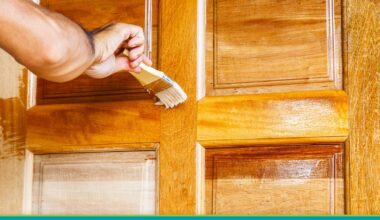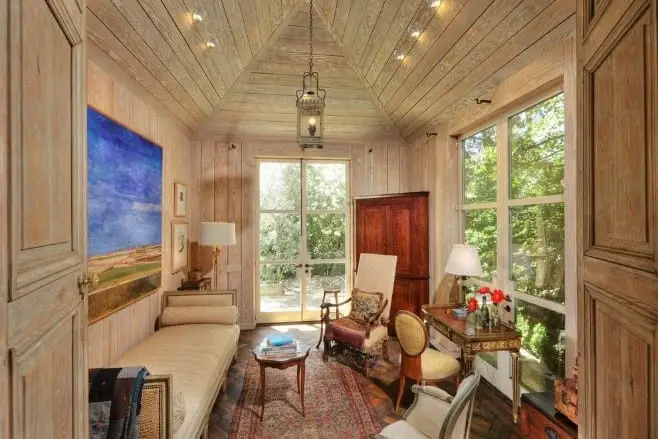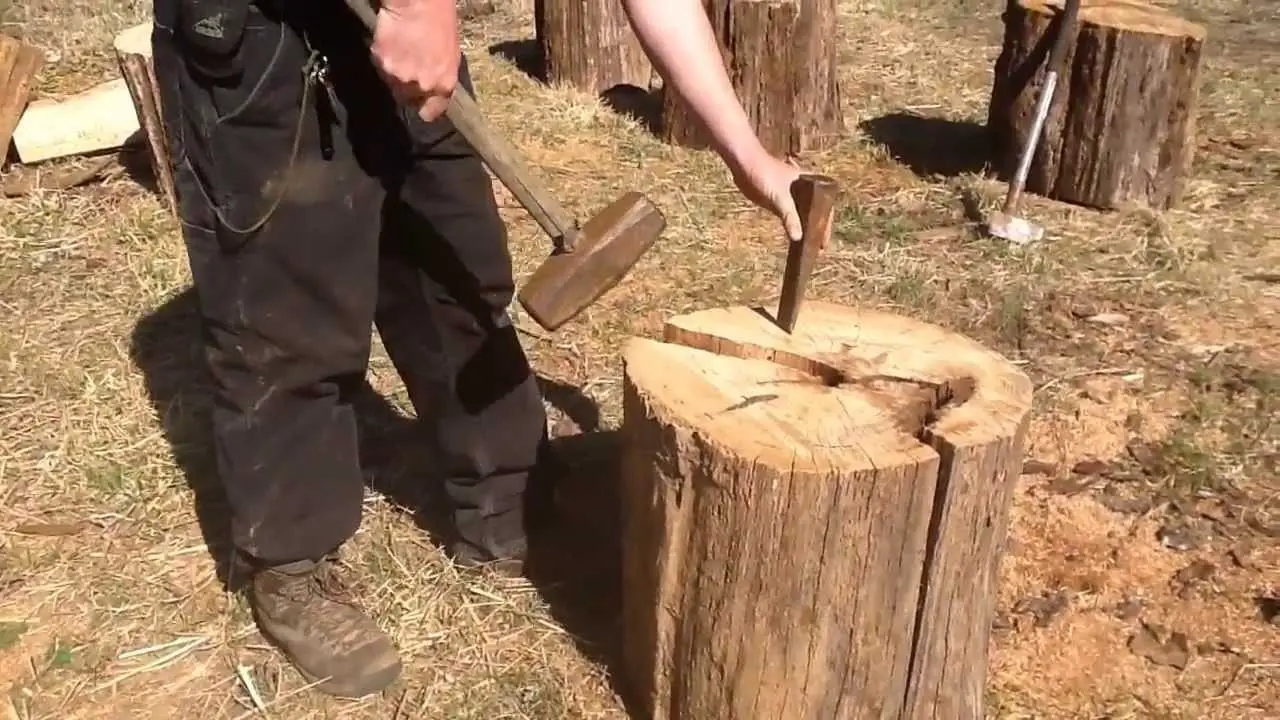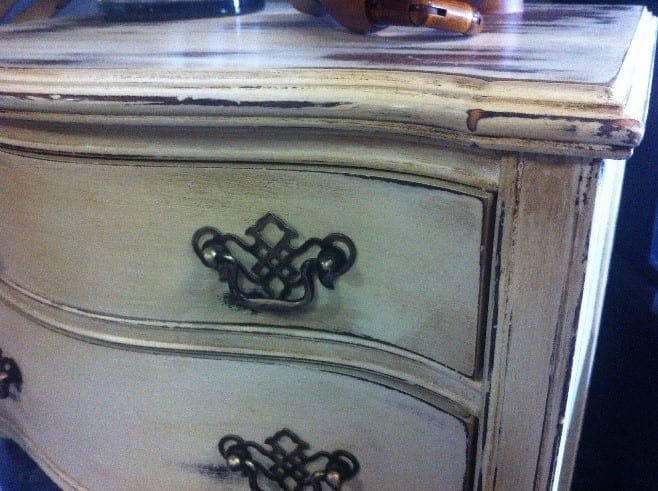Green algae make up for a very unpleasant sight. They do not only tarnish the charm of furniture but also pose a threat to the wood. Whenever green algae are allowed to stay on the wood for a long time, moisture seeps into the wood. Besides the fact that moisture challenges the structural arrangement of the fibres, it also gives rise to splinters.
The reason why algae are difficult to remove is that it regrows. They are not like one of those stains of ink, cosmoline, alcohol, etc., that can easily be removed with utmost assurance. If not treated properly, then the algae are going to keep on spreading. Also, it spreads pretty quickly. So, keep them under a check unless you’d want the green spots to be everywhere.
To get green off pressure-treated wood, the first thing is to know the factor that is responsible for it. Moist areas and the absence of sunlight is the most conducive condition for the growth of algae but certainly, that does not happen overnight. And that, in turn, leads us to the conclusion that the growth of algae can be prevented if treated properly.
It’s the debris, shade, and moisture that gives birth to algae. Well, how is the debris responsible? It might be a valid question. The accumulation of debris over wooden surfaces obstructs the way of light and hence becomes a breeding ground for algae (in addition to moisture).
It’s no big deal that algae can take over your wood. Hence, you’ll eventually have to deal with it. So, let’s know the various methods that can be used to do away with it.
Step-by-step guide on how to get green off pressure treated wood
Step 1: How to get green off pressure treated wood using white distilled vinegar
White distilled vinegar is one of the most effective natural cleaners that can easily be used both inside and outside. Unlike other algae-removal chemical products available in the market, distilled vinegar does not tarnish the top sealant of the wood. Follow these steps for the usage of vinegar.
- Mix one gallon of water with a cupful of vinegar.
- Stir the solution for a while to let it blend well.
- Now dip a brush or a scrub in the solution and rub the algae-ridden surface with force. Use a brush that has tough bristles, so that you end up breaking the bristles midway.
- As a word of precaution, test vinegar on a smaller surface area first.
- Finally, rinse off the area with clean water and check for leftovers.
Step 2: How to get green off pressure treated wood using pressure washing
Blasting the algae away using a pressure washer is a simple method that can be taken to if going for a chemical product is not the option. Pressure washing (also called power washing) is the usage of high-pressure water guns to do away with dust, grime, dirt, and algae from solid surfaces.
- On medium spray pattern mode, swish the dirt with normal water.
- Using the wide nozzle, spray the detergent.
- Let the detergent sit there for a while to let it penetrate the algae.
- Make sure that you keep the surface wet to avoid the possibility of discolouration or any kind of damage by the detergent powder.
- Reset the nozzle to a medium pattern.
- Rinse off using clean water.
- Drain the used detergent from the pressure machine.
- Now rinse the pressure machine to make space for the detergent to get in.
Step 3: How to get green off pressure treated wood using Hydrogen Peroxide
Well, you might be alarmed after hearing about Hydrogen Peroxide. But you just need to believe that it is a rudimentary element. It is found in almost 80% of the cleaners out there. While buying a cleaner, rather go for the one that has hydrogen peroxide as its prime element. Besides using it in the form of a packed cleanser, here is how else you can use it.
- Go to any drug store and ask for a solution of hydrogen peroxide, the concentration of which ranges from 3 per cent to a max of 10 per cent.
- Pour a few millilitres of hydrogen peroxide over the algae-ridden area and let it stand for the next 20 to 30 minutes.
- Now create a solution of soap/detergent and water.
- Dip a foam scrubber in the solution and then finally start scrubbing the wooden surface.
- Also, while you are dealing with hydrogen peroxide, just make sure that you have put on a mask and gloves. Besides, different woods react differently to this peroxide and hence, it is recommended to test the process on a considerably smaller area.
Step 4: How to get green off pressure treated wood using Chlorine Bleach
Chlorine Bleach has been a perfect method of tackling algae for years. It works specifically well for non-porous surface areas. Then why is it mentioned in the list? Well, chlorine bleach might not be recommended for softwood, but can easily be used on harder wood. Hardwood does not allow anything to penetrate easily, and hence, it gives chlorine bleach a chance.
- Mix one cup of chlorine bleach with a gallon of water.
- If possible, add half a cup of borax to it too.
- Finally, add a detergent or soap solution to it.
- Apply the solution over algae using a spray bottle. It is not only safe but also takes over the algae adequately.
- Let that solution stay there for 15 to 20 minutes.
- Eventually, rinse it thoroughly. You can even use a wood brightener to restore the lustre of the wood because algae certainly take a toll on the brightness of the furniture.
Conclusion
Using the right ways, algae can be removed. But what’s even important more is to make sure that a certain chemical is suitable to the respective algae-ridden wood. Also, while dealing with chemicals like bleach and peroxides, it is a must to keep the space well-ventilated. Concludingly, make sure that algae don’t thrive anywhere. And if unfortunately, they do, go ahead and follow these simple steps.








